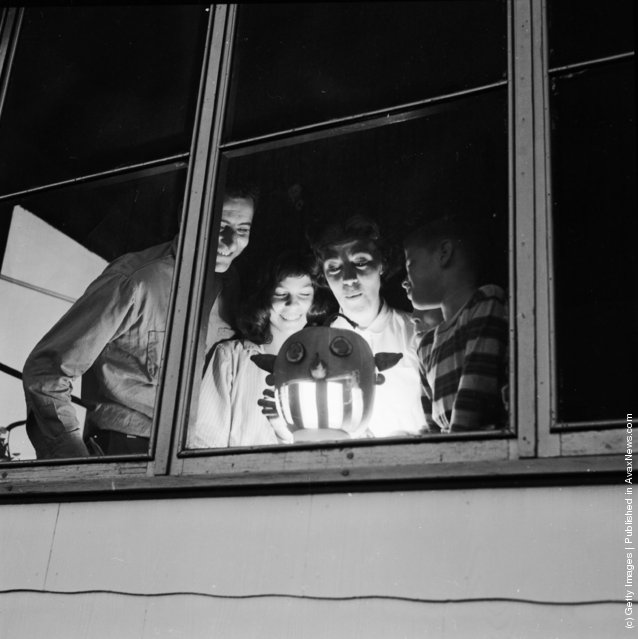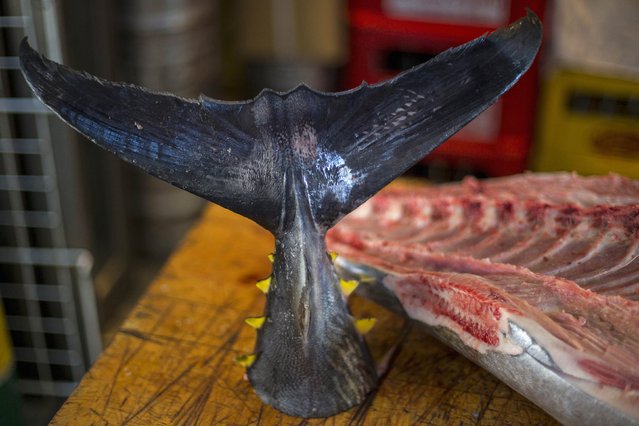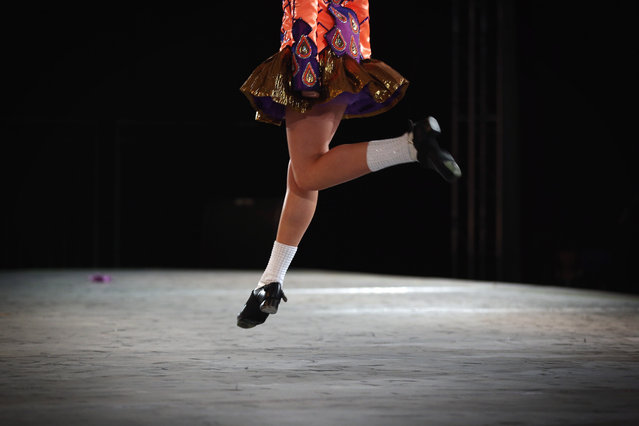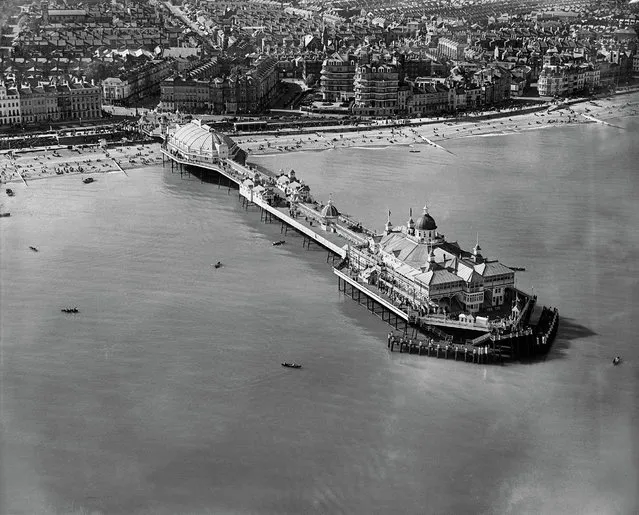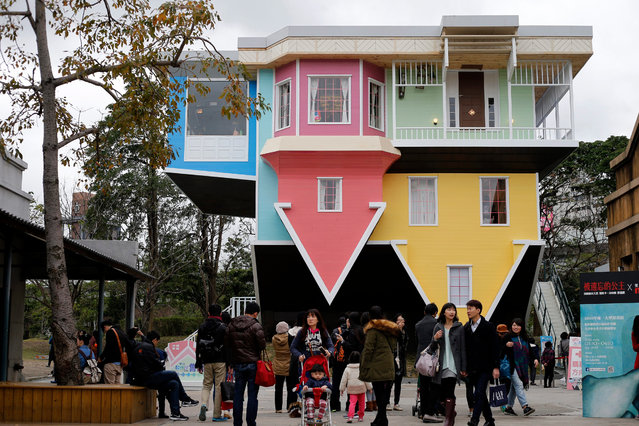
Visitors visit the upside-down family size house in Taipei, Taiwan, 23 February 2016. The three story upside-down family size house attracts hundreds of visitor’s who are amused with the exhibit. According to the organizers, the total cost of the construction is around 600,000 US Dollars and took 2 months to complete. (Photo by Ritchie B. Tongo/EPA)
24 Feb 2016 13:20:00,post received
0 comments


